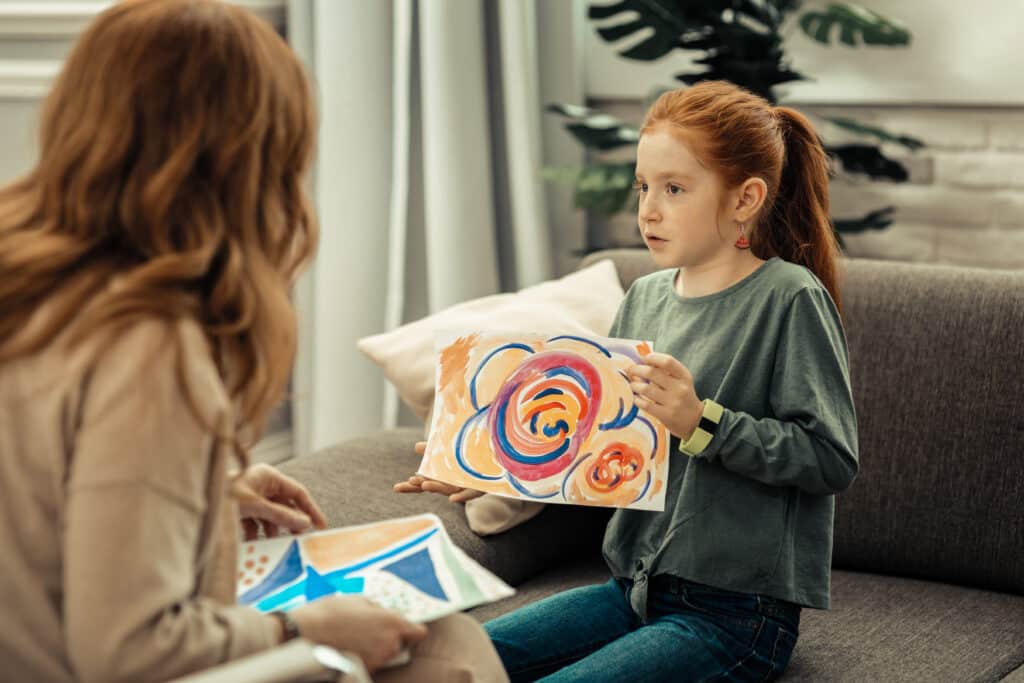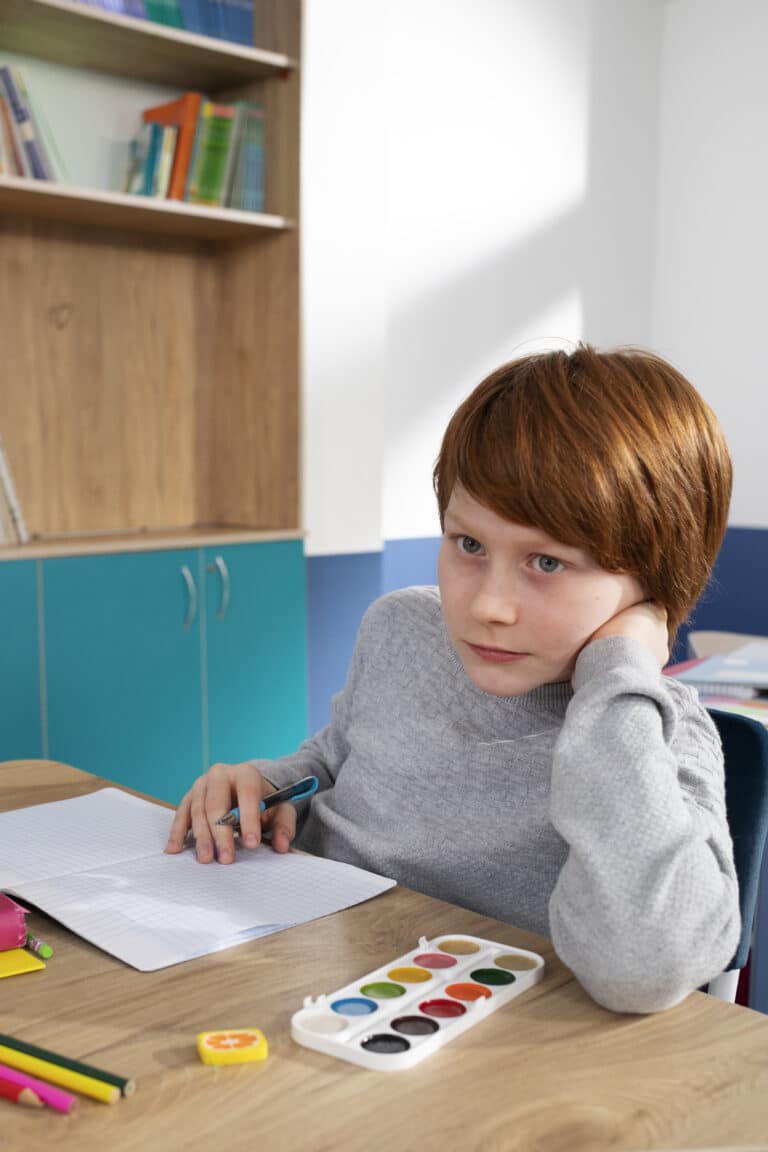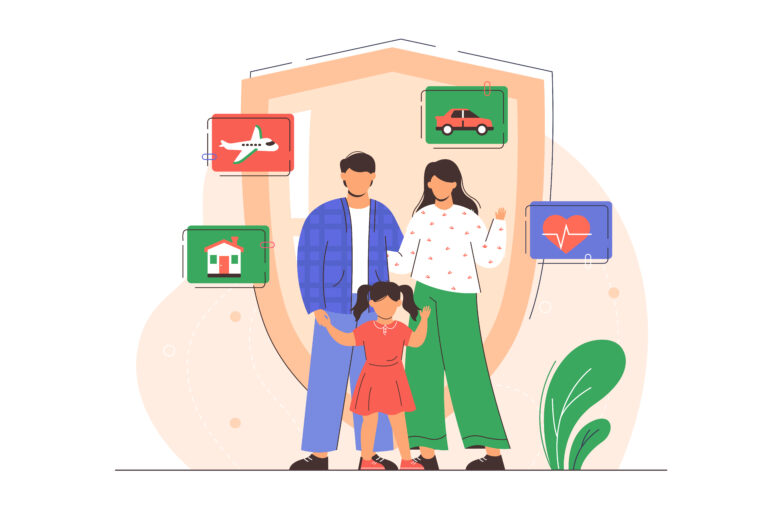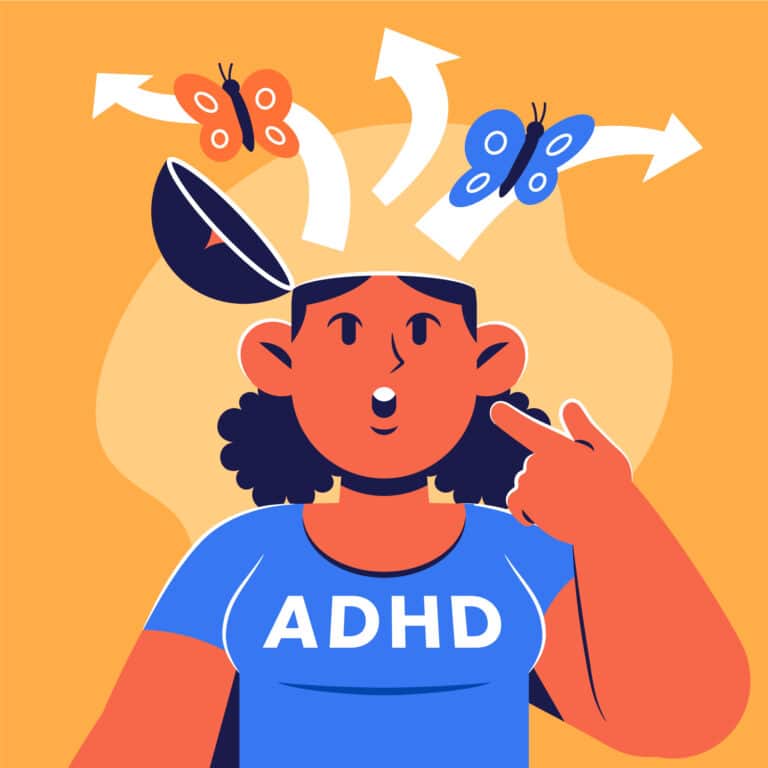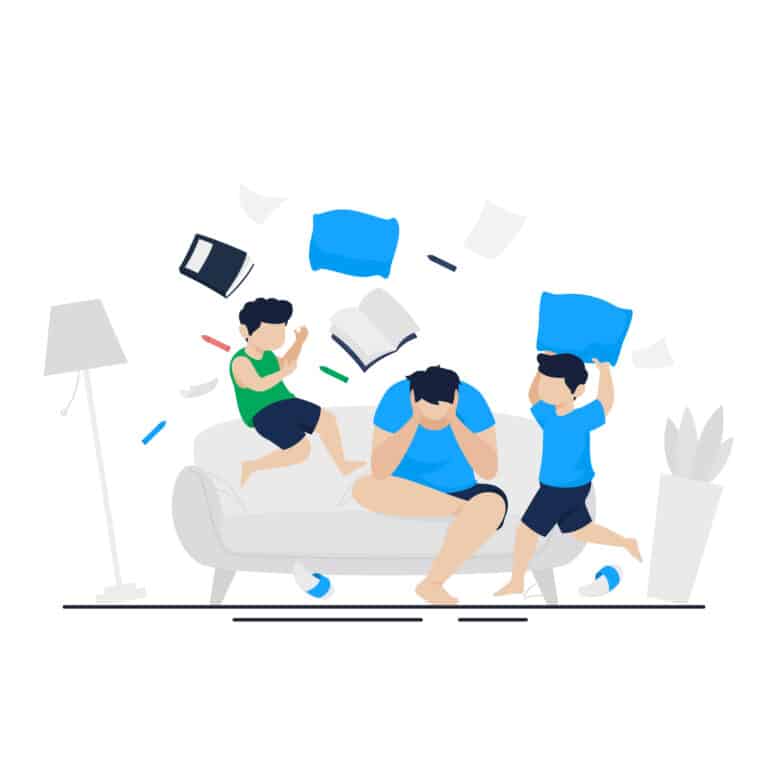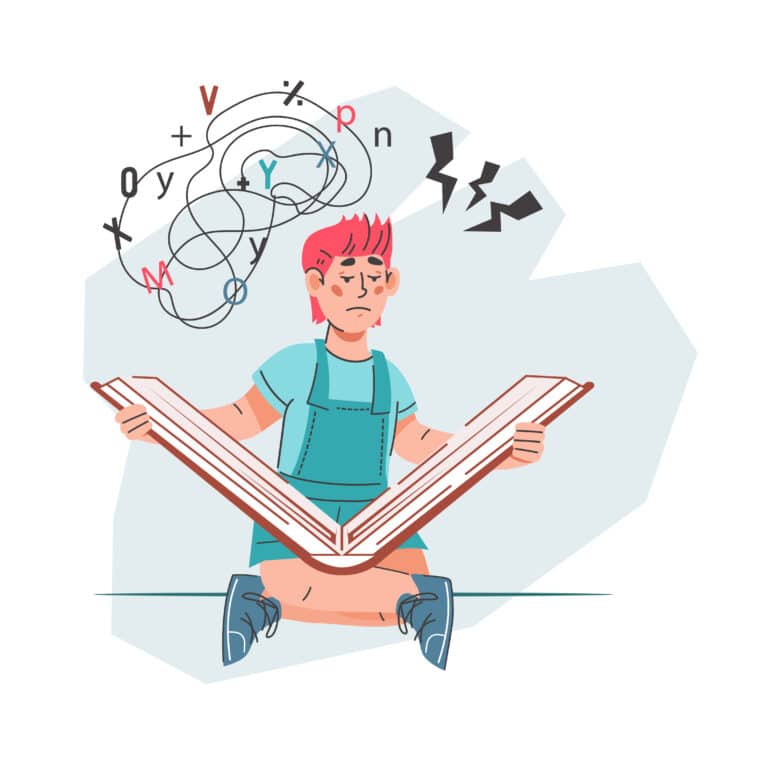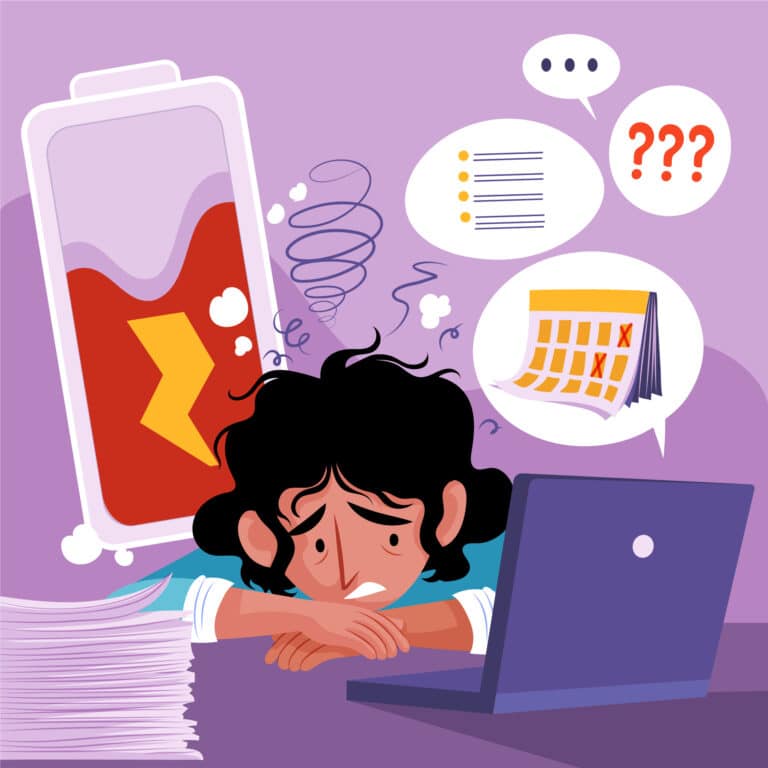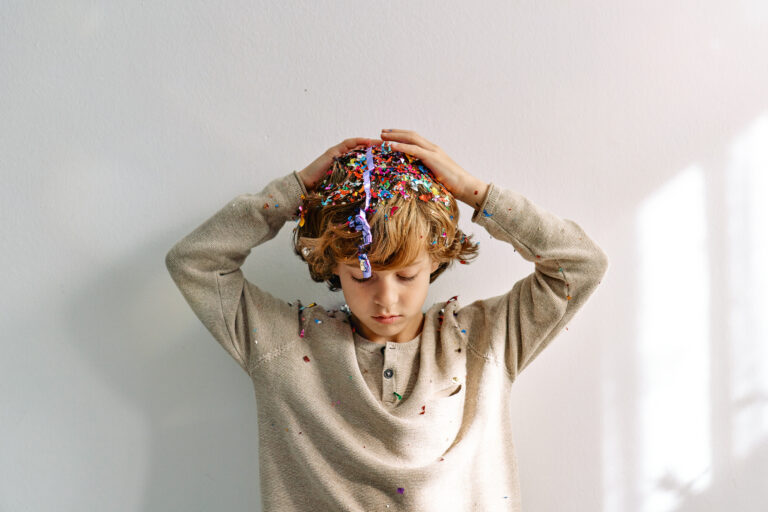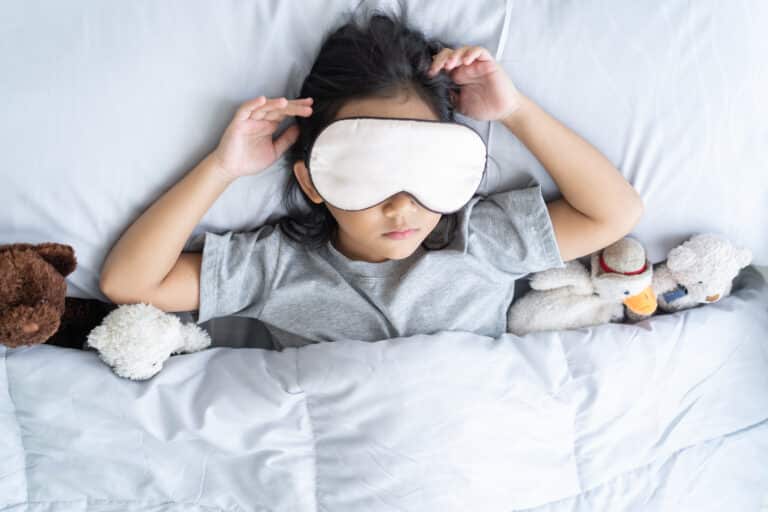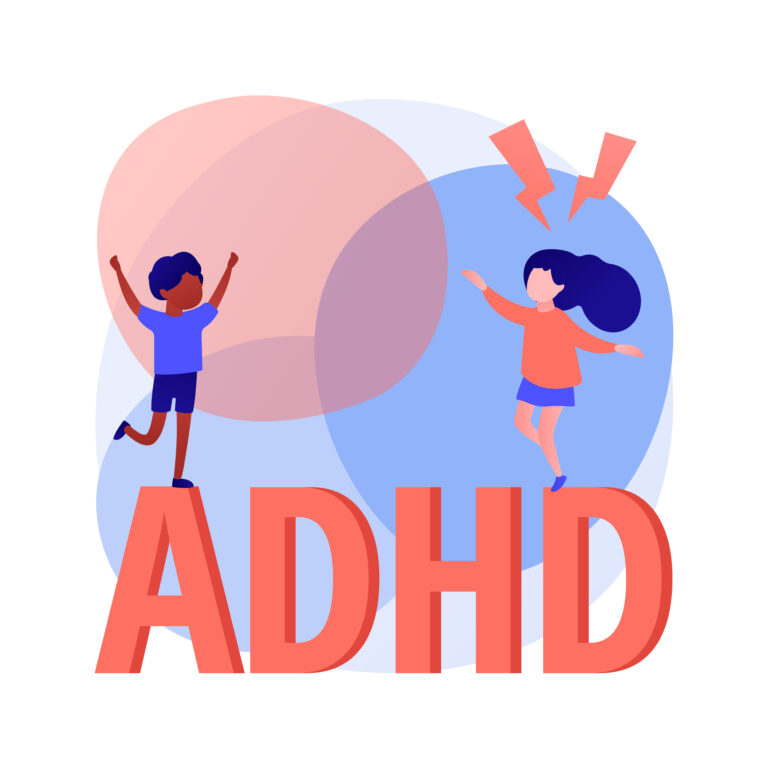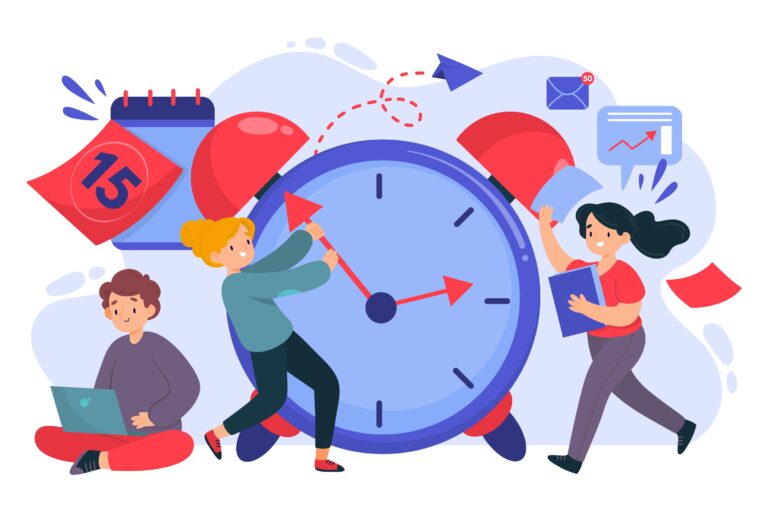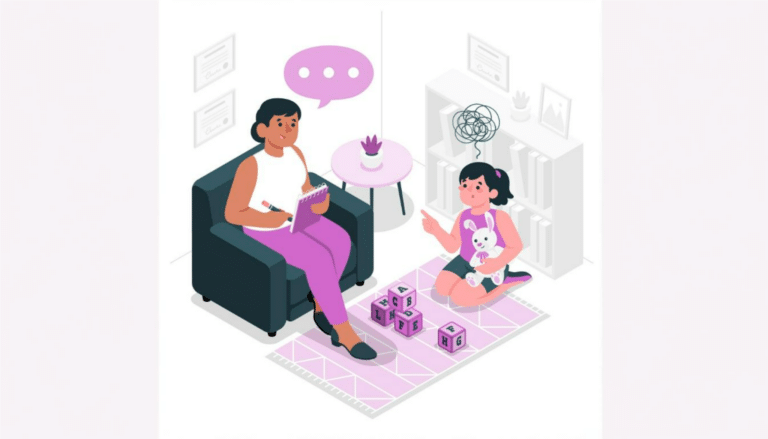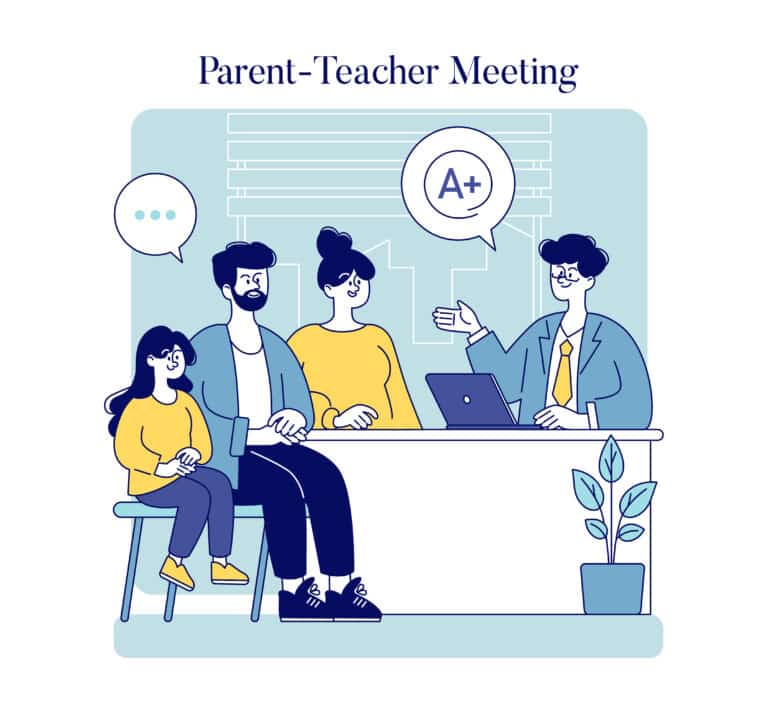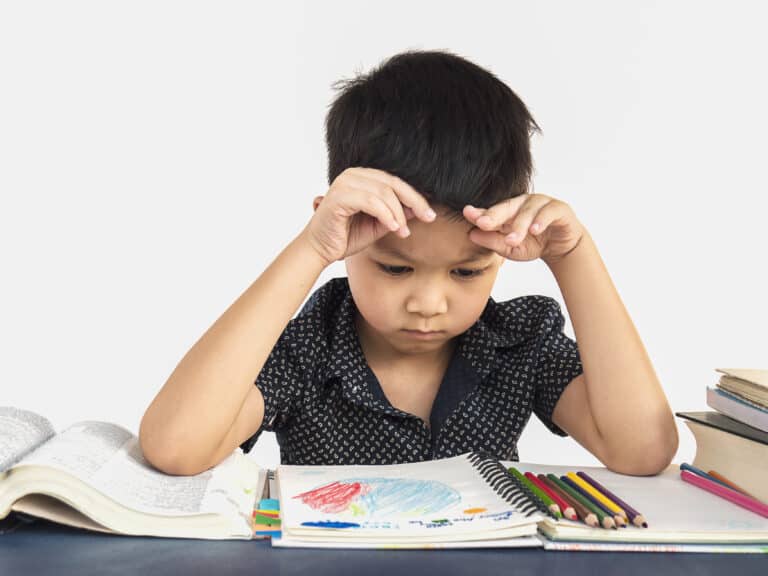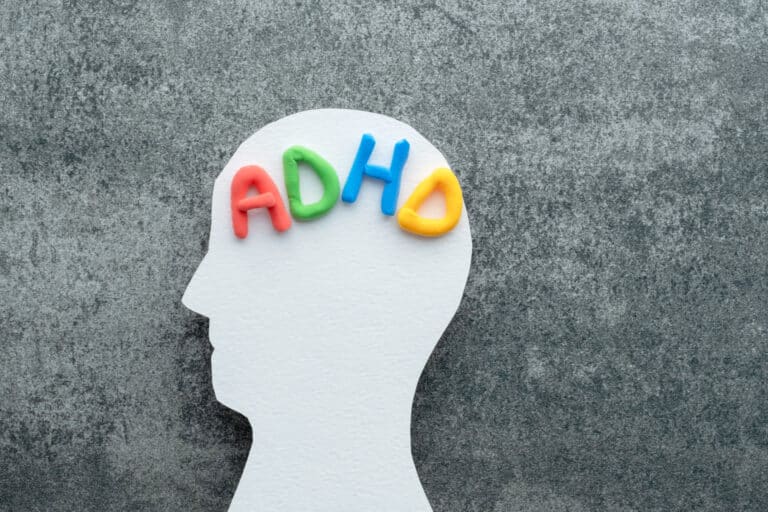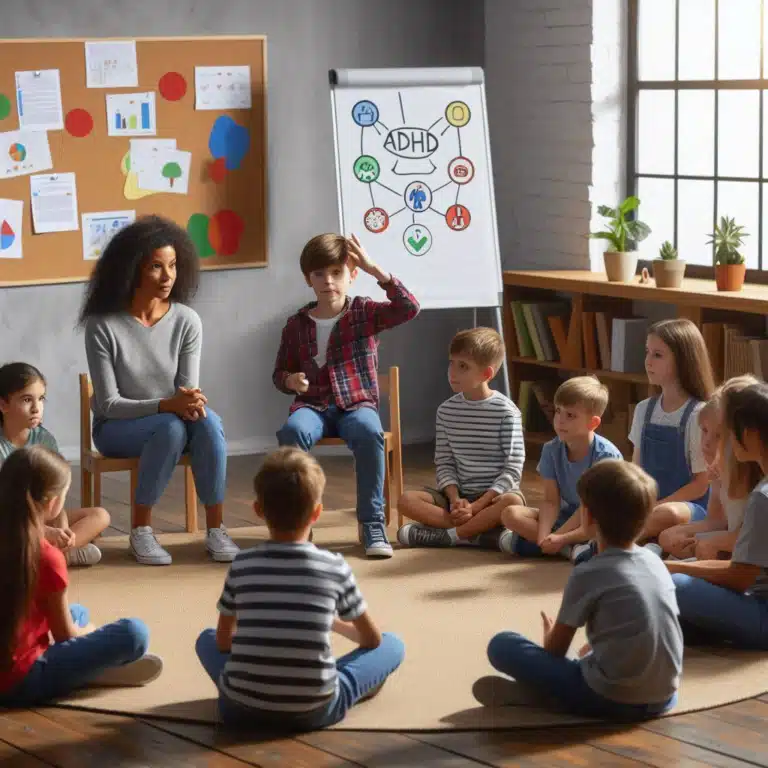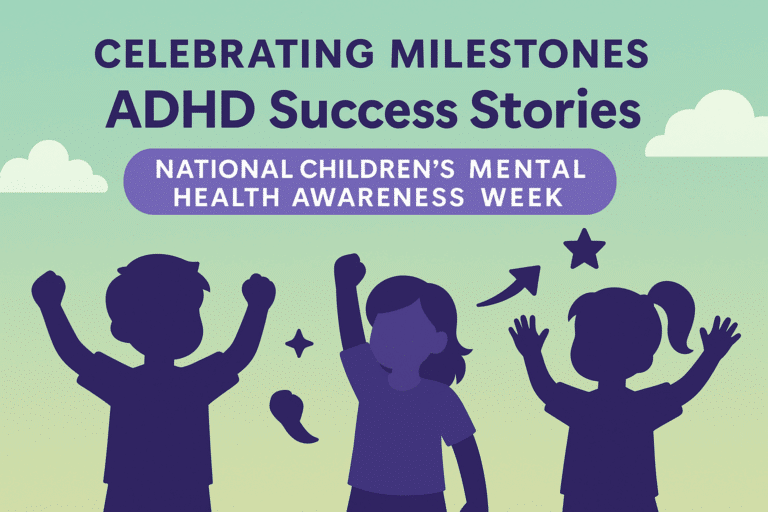Understanding Cognitive Training
Cognitive training, often referred to as “brain training,” encompasses a range of interventions designed to enhance cognitive functions such as attention, working memory, and executive function. For children diagnosed with Attention Deficit Hyperactivity Disorder (ADHD), cognitive training aims to mitigate core symptoms—namely inattention, hyperactivity, and impulsivity—by strengthening these cognitive skills.
Mechanisms of Cognitive Training in ADHD
Cognitive training involves structured activities that challenge specific cognitive domains. These activities can be delivered through various formats, including computer-based programs, clinician-led sessions, or interactive games. The primary goal is to provide repeated practice on tasks that target areas of cognitive weakness, thereby promoting neural plasticity and improving overall cognitive performance.
Children with ADHD often exhibit deficits in executive functions, which include processes such as:
- Planning
- Decision-making
- Error correction
- Troubleshooting
Cognitive training programs are designed to target these deficits through repetitive and progressively challenging tasks. For instance, working memory training exercises require children to hold and manipulate information over short periods, which can enhance their ability to maintain attention and resist distractions.
Types of Cognitive Training Programs
1. Computerized Cognitive Training
These programs utilize software applications to deliver cognitive exercises. An example is the ACTIVATE™ program, developed by neuroscientists from Yale University, which combines computer-based activities with physical exercises to improve cognitive functions in children with ADHD.
2. Neurofeedback Training
This form of training provides real-time feedback on brainwave activity, enabling individuals to learn self-regulation of brain function. Studies have indicated that neurofeedback can lead to improvements in attention and reductions in hyperactive behaviors.
3. Clinician-Delivered Cognitive Training
In this approach, trained professionals administer cognitive exercises in a controlled setting. Research has shown that such interventions can lead to significant improvements in cognitive performance and behavioral regulation in children with ADHD symptoms.
Efficacy of Cognitive Training
The effectiveness of cognitive training for ADHD has been the subject of extensive research. A systematic review indicated that cognitive training could lead to improvements in executive functions and reductions in ADHD symptomatology. However, the degree of effectiveness can vary based on factors such as:
- The specific type of training
- The duration and intensity of the intervention
- Individual differences among participants
Integrating Cognitive Training with Other Interventions
While cognitive training offers promising benefits, it is often most effective when integrated with other evidence-based interventions.
Some complementary strategies include:
- Behavioral therapy
- Parent training programs
- Educational support
For example, the Triple P Positive Parenting Program focuses on equipping parents with strategies to manage their child’s behavior, which can enhance the outcomes of cognitive training interventions.
Pathformers’ Approach to Cognitive Training
At Pathformers, we are committed to providing comprehensive support for children with ADHD. Our programs incorporate evidence-based cognitive training techniques designed to:
- Strengthen executive functions
- Improve attention
- Enhance behavioral regulation
By combining these interventions with personalized coaching and support, we aim to empower children to reach their full potential.
Frequently Asked Questions
What is cognitive training?
Cognitive training involves structured activities aimed at improving specific cognitive functions such as attention, working memory, and executive function.
How does cognitive training help children with ADHD?
Cognitive training targets the executive function deficits commonly observed in children with ADHD, helping to improve attention, reduce impulsivity, and enhance behavioral regulation.
Are there different types of cognitive training programs?
Yes, cognitive training can be delivered through computerized programs, neurofeedback sessions, or clinician-led interventions, each targeting different aspects of cognitive function.
Is cognitive training effective on its own?
While cognitive training can be beneficial, it is often most effective when combined with other interventions such as behavioral therapy and educational support.
How can I access cognitive training programs for my child?
A: Pathformers offers comprehensive cognitive training programs tailored to the needs of children with ADHD. Contact us to learn more about our services and how we can support your child’s development.
Take the Next Step with Pathformers
Empower your child to overcome the challenges of ADHD by enrolling in Pathformers’ specialized cognitive training programs. Our evidence-based interventions are designed to enhance cognitive functions and promote lasting success.
Join our community today and take the first step towards a brighter future for your child!

